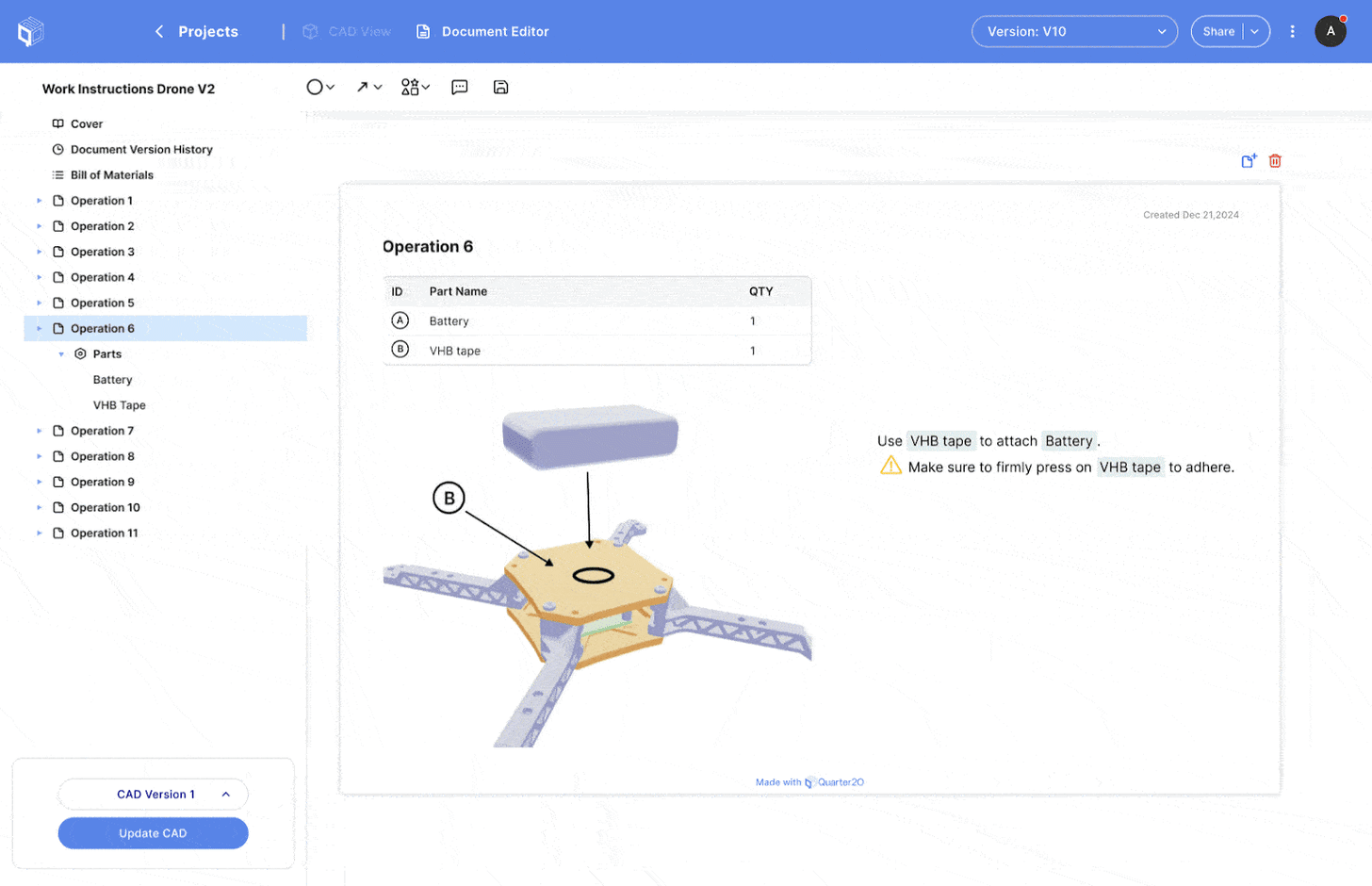👋 Happy Saturday! This weekend’s highlights include Blackberry’s original patent from 2005 for phone keyboards, a paper on capacitive touchscreens, and news in manufacturing & hardware.
Interesting Patent: BlackBerry, the Gatekeeper of QWERTY Phones
Before smartphones, there was BlackBerry. And before touchscreen addiction, there was BlackBerry addiction. Today marks the expiration of BlackBerry’s famous keyboard patent and while most users have moved on, for a stretch in the 2000s, mechanical keyboards were everything.
Despite some consumer preference for mechanical keyboards, no mass-market smartphone with one has been produced for years. A major reason was BlackBerry's (formerly Research In Motion) exclusive patent (CA 2497122) on phone keyboards with the following design:
BlackBerry aggressively defended this patent, including a lawsuit against Ryan Seacrest’s "Typo," a smartphone case with a built-in physical keyboard that mimicked BlackBerry’s design.
Note (Updated 2/18): The patents cited in the lawsuit were for protecting different designs: US patents 7,629,964, 8,162,552, and D685,775.
Twenty years after its patent filing, Blackberry’s market share has fallen from over 50% in 2009 to nearly zero, with a trail of quotes that didn’t age well:
The most exciting mobile trend is full QWERTY keyboards. I'm sorry, it really is. I'm not making this up. — Mike Lazaridis, Co-Chief Executive, May 2008
As nice as the Apple iPhone is, it poses a real challenge to its users. Try typing a web key on a touchscreen on an Apple iPhone, that's a real challenge. You cannot see what you type. — Jim Balsillie, Co-Chief Executive, November 2007
Interesting Paper: Capacitive Touchscreens
A primer on projected-capacitive touch technology used by the vast majority of smartphones today.
To simplify: capacitive touchscreens detect touch by measuring changes in an electrostatic field across a grid of transparent conductive electrodes. The grid is typically a glass substrate coated with transparent conductive coating like indium tin oxide (ITO). A finger alters local capacitance, which a controller IC detects to determine touch location. Multi-touch screens use mutual capacitance, where each grid intersection forms a tiny capacitor that allows tracking of multiple touches.
Sponsored: Presented by Quarter20
Quarter20 is a CAD-connected wiki to automate hardware documentation. Connect to CAD and easily generate dynamic visuals and content you need to collaborate across teams. Changes to your CAD? We’ll update your document for you! Never re-take a screenshot again. Quarter20 makes technical documentation fast, simple, and dare we say… kind of fun? In less than 10 minutes, make work instructions, BOMs, or design review decks. We’re offering a free two week trial, sign up today at www.buildquarter20.com.
Manufacturing & Startup News
More leftovers from our weekly research in hardware and manufacturing news:
Aviation
Urban Sky secured $30M in Series B funding for its stratospheric balloon technology, which provides high-resolution Earth imaging and tactical applications for defense and commercial sectors.
Circularity Fuels, an e-fuel startup, is initially focusing on producing high-purity methane for lab-grown diamonds before targeting jet fuel production. The company has received $4.9M in grants and awards.
Electrification
Zeekr unveiled its "Golden Battery" EV technology, capable of charging from 10% to 80% in just nine minutes, using a 75 kWh lithium-ion phosphate (LFP) battery.
The Port of Baltimore introduced the first battery-electric rail car mover in the U.S., capable of moving heavy cargo while eliminating tailpipe emissions.
University of Michigan researchers launched Heat2Power, a startup developing thermophotovoltaic technology capable of converting stored heat into electricity with over 44% efficiency.
Space
ArkEdge Space raised $54M in Series B funding to accelerate the development of micro-satellite constellations for various applications, including Earth observation and maritime communications.
OurSky and PlaneWave Instruments merged to form Observable Space, combining software and hardware expertise to create more integrated and user-friendly telescope systems.
Refer a Friend, Earn Rewards 🎁
Refer just one friend to Hardware FYI, and we’ll send you our complete database of resources—every design guide, article, white paper, and more.
Thanks for reading to the end - if you’ve enjoyed the mechanics of these insights, consider sharing this issue with a fellow enthusiast!










The patent which expired this week is, however, a different patent than the ones cited in the lawsuit against Typo Products LLC. The one that expired (CA 2497122), protected the design of a detachable keyboard accessory that would sit over top of a touch screen.
Those cited in the lawsuit were for protecting completely different designs: US patents: 7,629,964; 8,162,552; and D685,775.